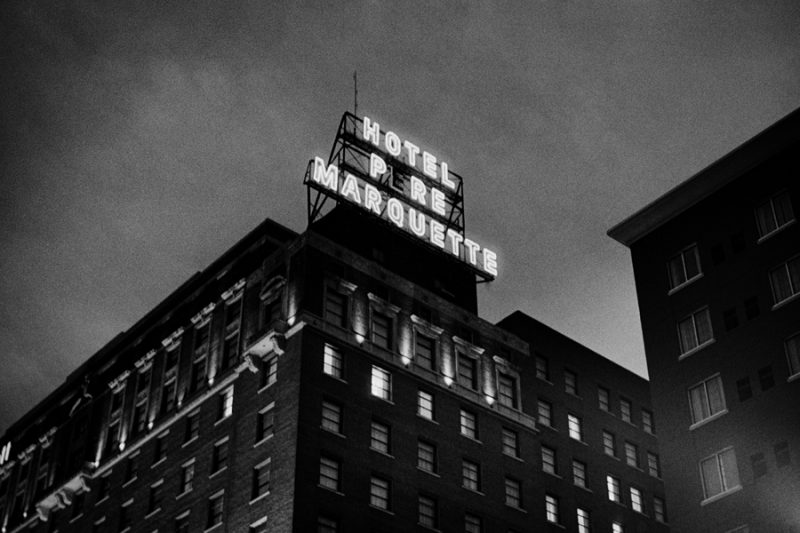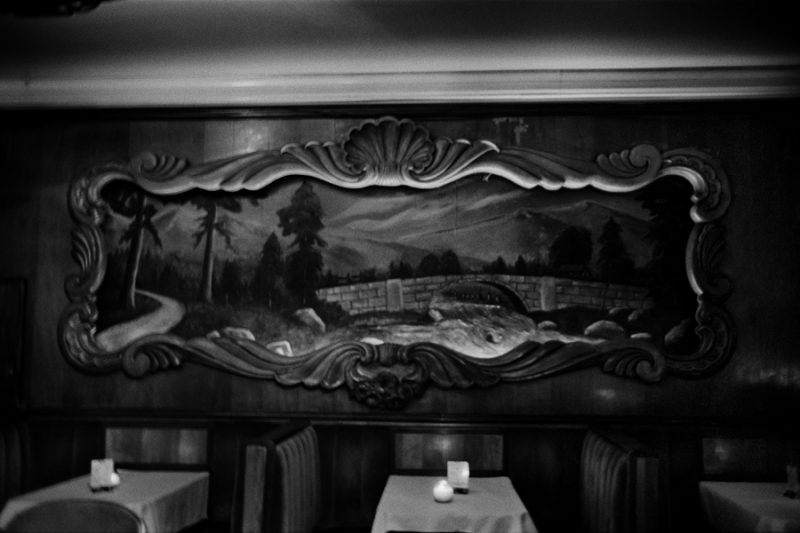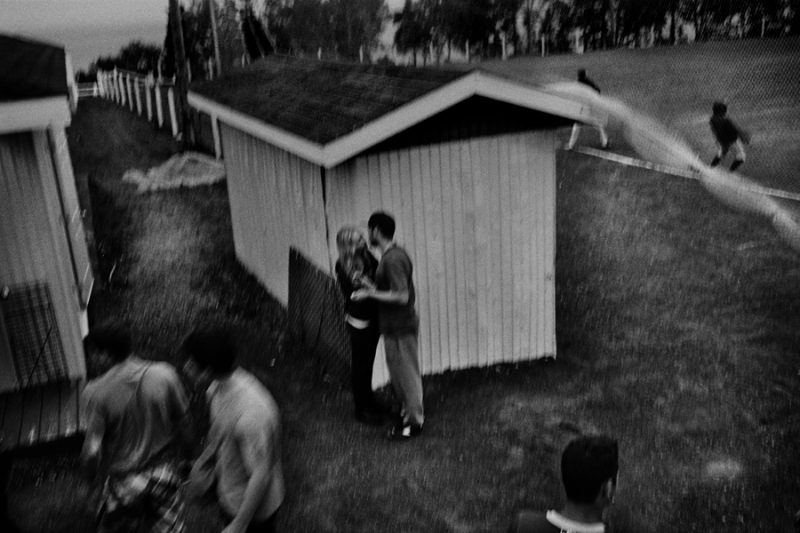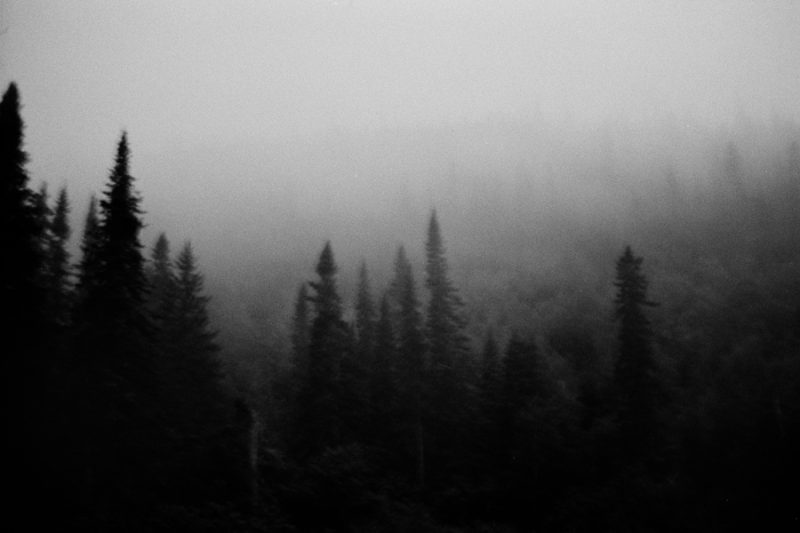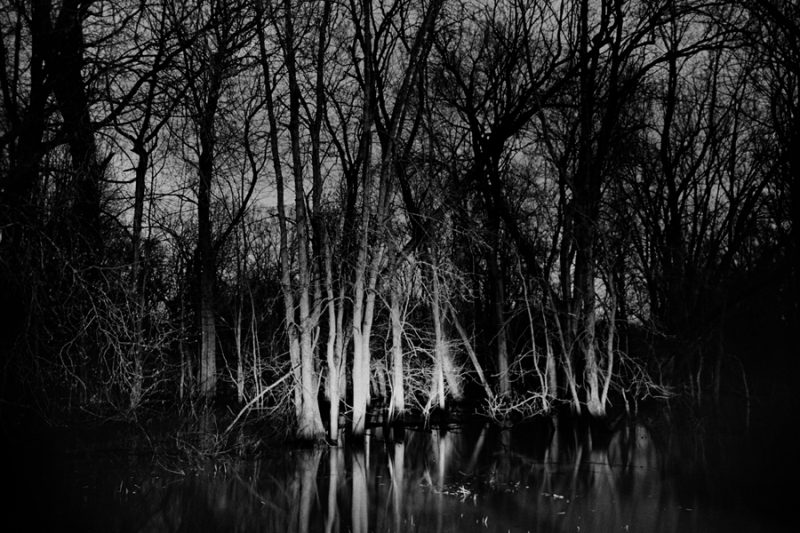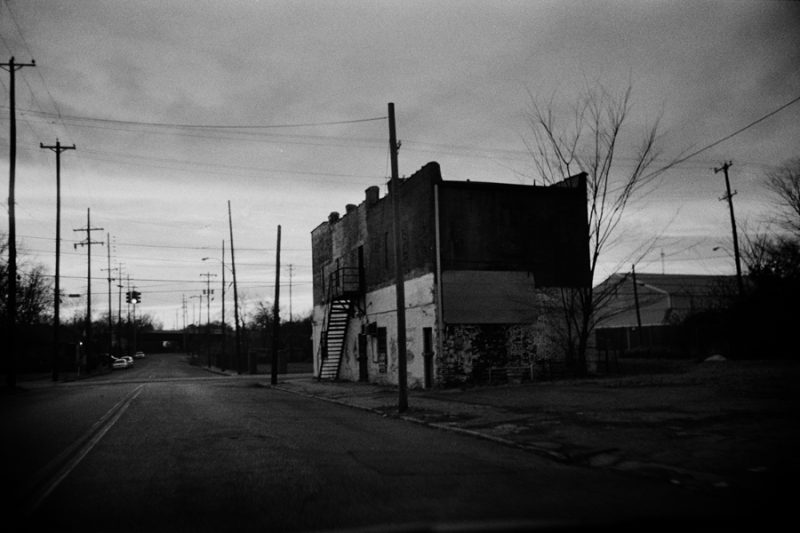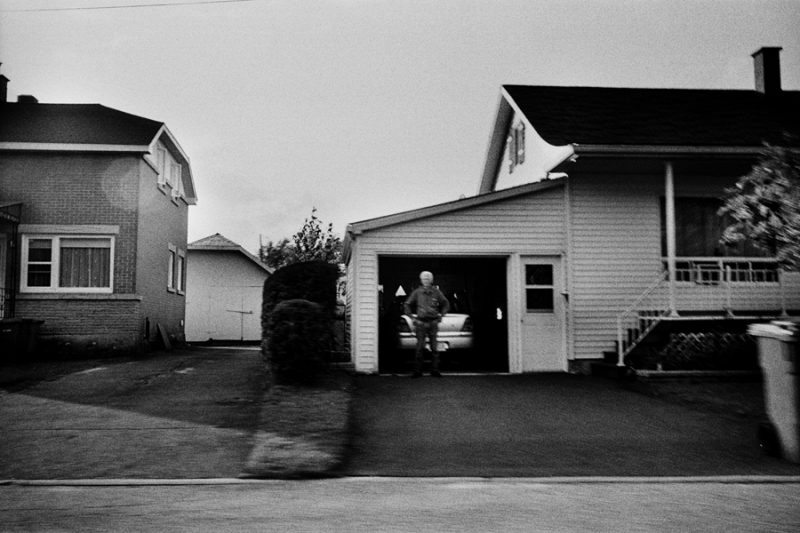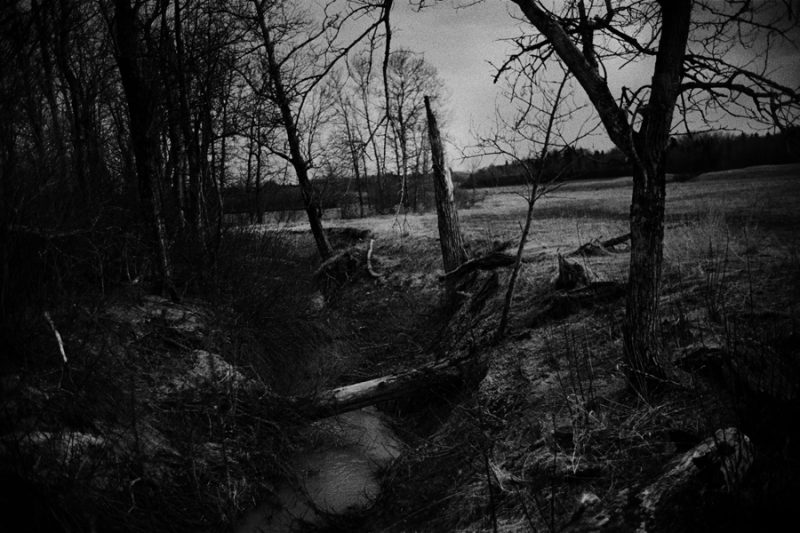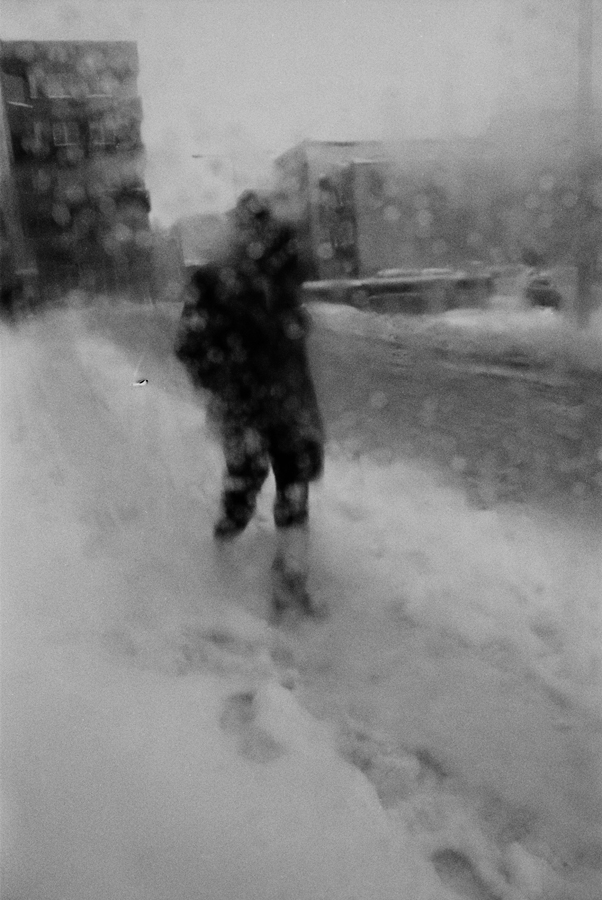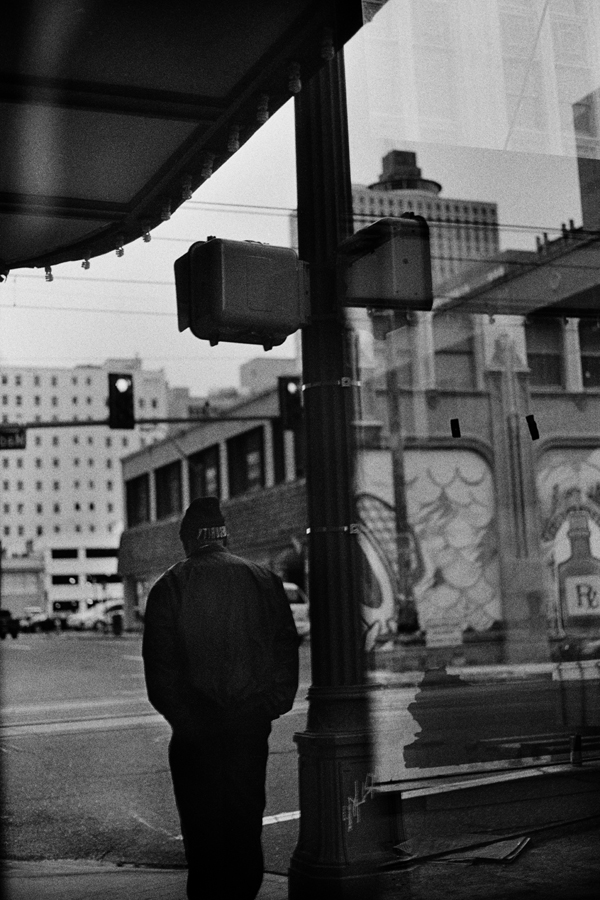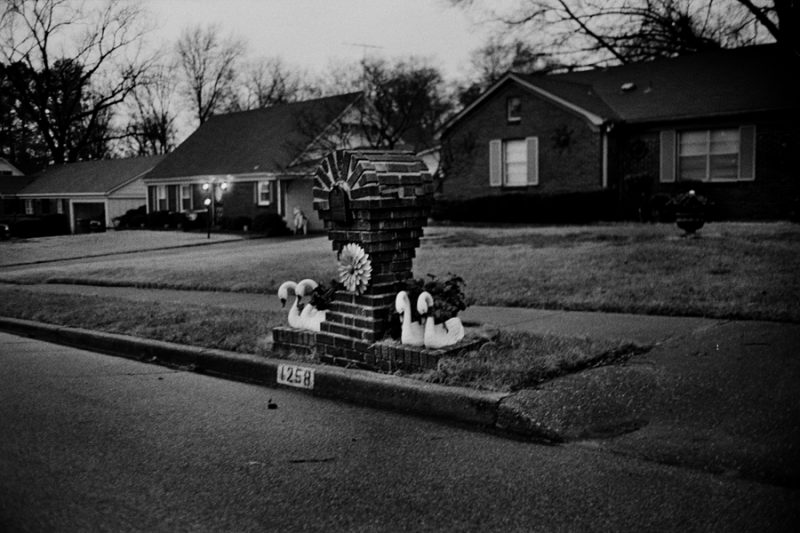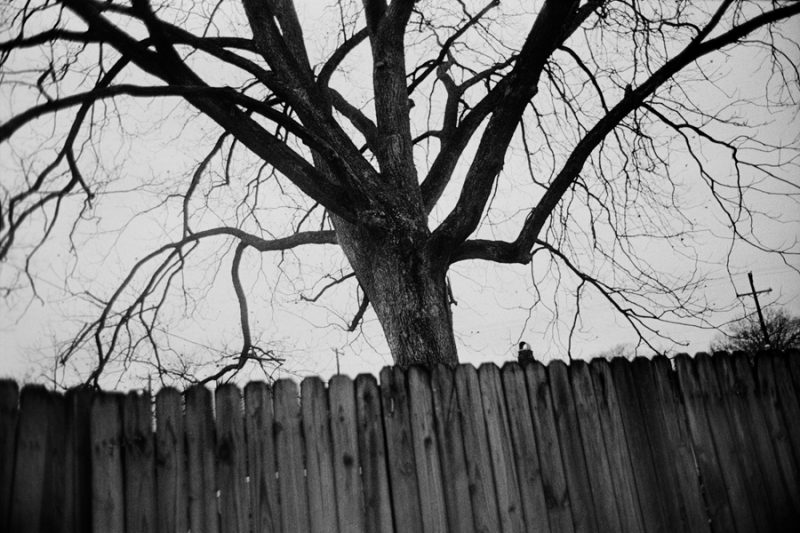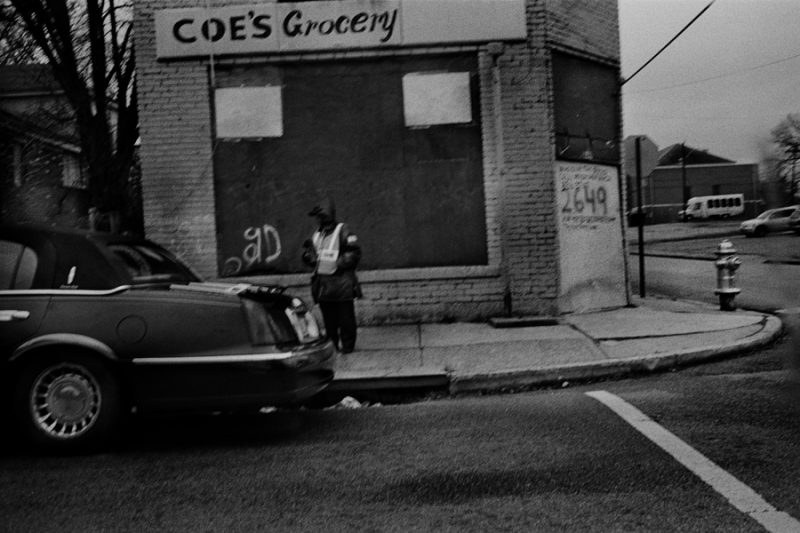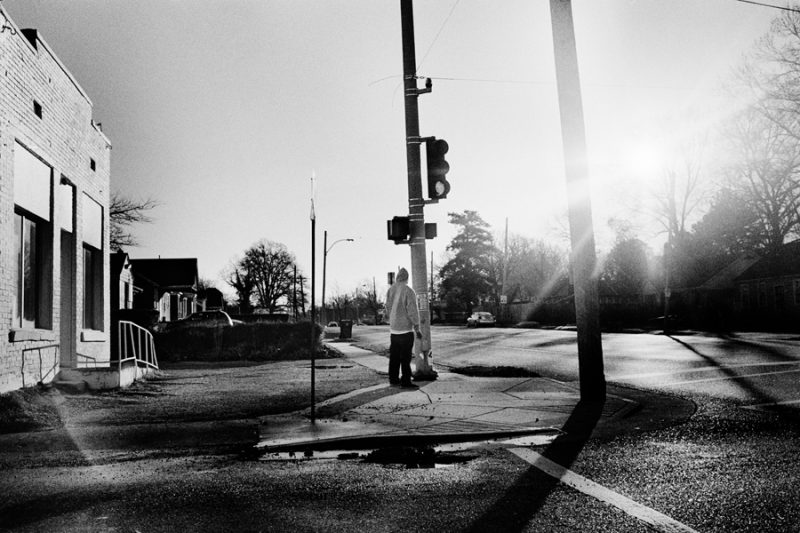[October 27, 2020]
By Sylvain Campeau
The title of a photographic series is the first contact that we have with it. It therefore, inevitably, determines what we will think of the photographs, and what we will find in them. This relationship, though primordial, often goes unnoticed. Paradoxically, that means that the title has played its role well. We have felt nothing particularly disruptive or surprising in the shift that has led us from the approach to the work to its content.
But this isn’t always the case. Some artists choose, instead, to add ballast to the horizon of expectations that the title tends to create. This is obvious in the work of Charles-Frédérick Ouellet. Ouellet knows that titles condition our expectations, and so he chooses them in such a way that they are superimposed on his photographs. More than granting them equal significance, he forces them, in a way, to represent more than one might have thought at first glance.
Viewers would have felt this when looking at the images in a previous series, titled Le Naufrage (The Shipwreck). The title in fact evokes a catastrophe that never occurs as we continue to look. But this is not to say that it doesn’t come close sometimes. These photographs were taken on the water, during fishing on the St. Lawrence. We feel the omnipresent danger in the angry waves and the pitching of the small boat. And in the blur and coarse grain of the images, with no play on words.
The Fur Trade works in a similar way. Once again, the title provokes a sort of tension. We constantly refer to it, sometimes with muted alarm, the more we scrutinize the pictures. This time, the title alludes to something that is no longer ongoing. But it nonetheless colours the past of people in North America. Here, Ouellet is documenting the spinning of a sort of metaphor, a narrative of imaginary and fictional references, kinds of historically based characteristic features that have mutated into a constellation surrounding an archetypal figure, that of the coureur des bois. It would be difficult to trace the story and description of this figure’s historical manifestations in current images of the fur trade. Therefore, Ouellet sets out to find traces of what it might have left in the landscape, in country villages, in the habits and customs of the people who live there, and in their hearts and imaginations. This is not easy to do. It extends into literature, creation, and re-creation, into the excavation of what is in the air of these places and in the souls of the people who live there. It is not simply about commenting on what dwells there, but about seeing how it still lingers in and inhabits our surroundings.
This is where Ouellet’s documentary approach exceeds the ordinary. It is not what is there, in front of us, that is the object of his investigation and report; it is what has gone to ground that is offered up for us to see – in the mysteries that haunt the scenes, things, and people he shows. It is what they are the result of that Ouellet seeks to uncover, something whose descendance they somehow secure. It is difficult work to bring into the light that which influences and marks, the inexpressible and intangible aura. It must come from beyond what is shown and emerge from behind the images.
For this to happen, we have to believe and say that what is manifest – in the immediacy of our knowledge of things, as it can be seen and understood – is not enough. Once we understand this, we therefore have to think of the document in another way. We have to tell ourselves, also, that simply reporting things, by capturing what is there, is an incomplete operation – that it would take much more, through a considered and critical arrangement, in an investigation of what the seen hides and harbours, in order to gaze at what constructs and defines us.
These days, when memory runs into a sort of maelstrom that hollows it out through accumulated trepidation, when events imparted to us by social media are commented on ad infinitum, when we frantically consult these very media out of fear that something, which could take place in the flicker of this precise instant, might escape us, it is good to see that someone hollows out and extends the time of what has founded and explains us. Someone who thinks that we are formed over the long term and in a lineage that we must scrutinize.
To see ourselves better, in a way…
Charles-Frédérick Ouellet explores the dynamics of resistance and change that persist in the social landscape. Drawn to both history and mythology, Ouellet has created photographic projects devoted to the figure of the fisherman and to traces of the coureur des bois in the collective memory. His images have been presented in exhibitions and photobooks. Ouellet is represented by Galerie Lacerte art contemporain. www.charlesouellet.ca
Sylvain Campeau contributes to numerous Canadian and European magazines. He is also the author of the essays Chambres obscures: photographie et installation, Chantiers de l’image, and Imago Lexis, as well as seven poetry collections. He has also been the editor of books in the visual arts and literature. As a curator, he has organized some forty exhibitions.

